Forex Wave Theory: A Technical Analysis for Spot and Futures Curency Traders
$8.66
| Author(s) | |
|---|---|
| Pages |
237 |
| Format |
|
| Publication Year |
2007 |
The purpose of Forex Wave Theory is to provide spot and futures currency traders with an innovative approach to the technical analysis of price fluctuations in the foreign exchange markets.
Introduction:
Financial markets move in waves. These waves, in turn, form business cycles that are components of even larger cycles. Knowledge of why this phenomenon occurs is not critical (although very absorbing) to technical analysts. This aspect of trading is left to fundamental analysts. Instead, it is the where and the when questions that are critical to all technical analysts. Determining the direction of subsequent cycles (and component waves) is the paramount goal. There are ten major divisions within this book:
Part 1: Much of the material in this section is a quick overview of both spot currency markets and currency futures. This includes definitions for the technical jargon used throughout the remainder of this book. Part 2: The four most significant categories within technical analysis (i.e., pattern recognition, econometric models, crossover trading systems, and wave theory) are reviewed in the section. Part 3: The essential reversal charts used by wave theoreticians are explained in detail, with the advantages and disadvantages of each method being highlighted. This section lays down the foundation for the remainder of the book. Part 4: Wave theory has a long and intriguing history. All the major systems are scrutinized with close attention to the Elliott wave principle.
Parts 5–9: Different length cycles (two through six waves) are analyzed in detail, with special emphasis on their predictive reliability. Ratio analysis and cycle frequencies play an important role in determining the level of confidence for each forecast. Part 10: The salient cycle property called fractality is examined in detail. This is the characteristic where a single wave may be composed of even smaller waves. In this fashion, forecasts may be calculated at two different fractal levels, thus providing a higher degree of confidence prior to entering the market.
Contents:
- Currency Markets
- Technical Analysis
- Reversal Charts
- Brief History of Wave Theory
- Two-Wave Cycles
- Three-Wave Cycles
- Four-Wave Cycles
- Five-Wave Cycles
- Six-Wave Cycles
- Advanced Topics
Forex Wave Theory: A Technical Analysis for Spot and Futures Curency Traders By James L. Bickford pdf
3 reviews for Forex Wave Theory: A Technical Analysis for Spot and Futures Curency Traders
Clear filtersOnly logged in customers who have purchased this product may leave a review.

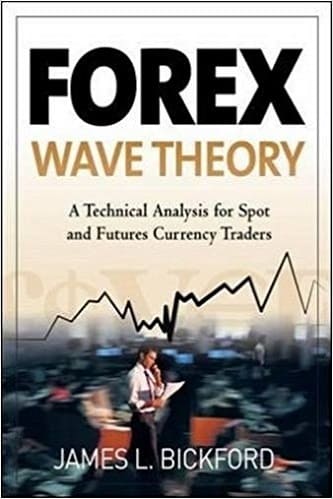
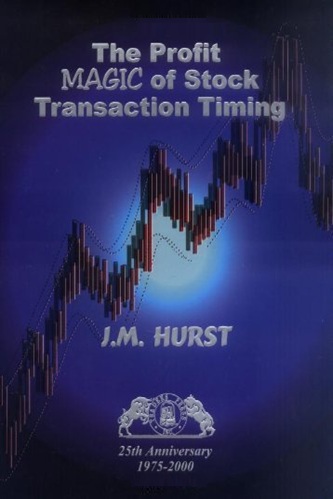
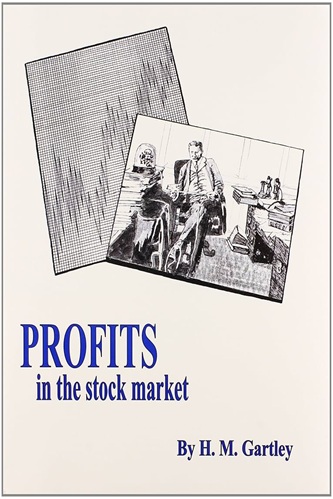
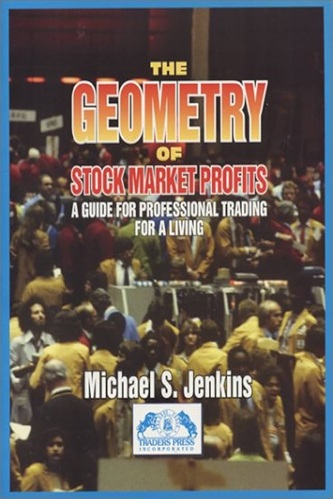
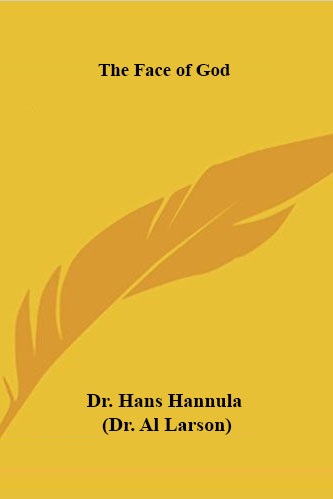
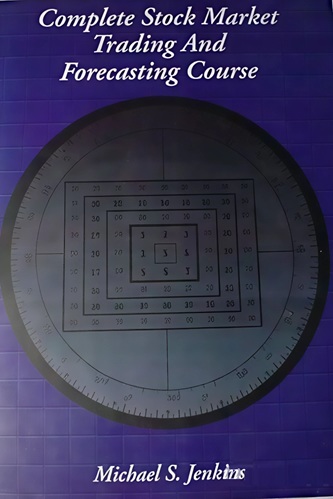
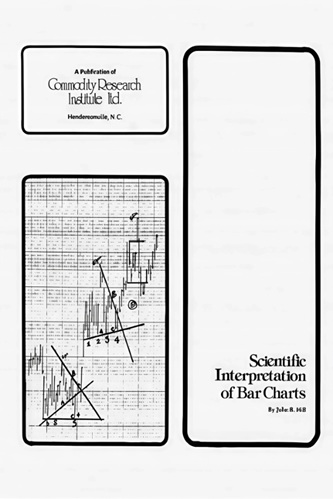
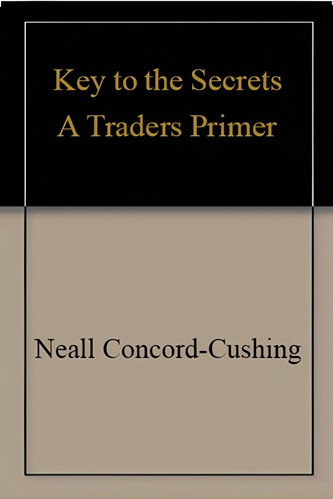
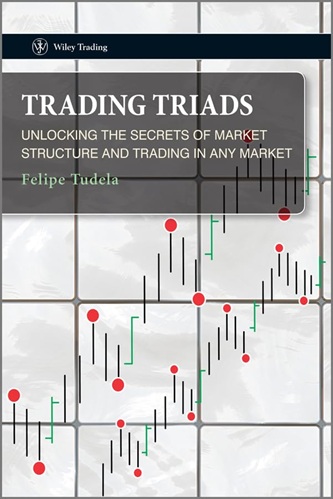
Joziah Lang (verified owner) –
Jim has provided a very solid introduction to a very complex topic – market (and FOREX) wave theory. A great book to get a firm foundation of what has gone on in Wave Theory – and to carry forward with ones own study and research.
Amirah Neal (verified owner) –
If you want a shallow walk-through of the different wave techniques then this book is the one to buy. That said it’s way to expensive for the very light information you get. It should cost more than 5 or 10 USD.
After having read the book you only will need to buy more books to gain any real knowlege.
Don’t go here unless you need a littel and useless information.
Willa Johns (verified owner) –
Reading this book, with its thoroughly swing analysis of EUR/USD, gives you a clear statistical basis for the concepts presented by Elliott and others about swing count, retracements etc. etc.
A must to complete an Elliott study of the Forex market.
Useful the historical part about development of wave theory.
This is not a trading system, you won’t find a specific technique to make real trades, but with other material is useful to make analysis